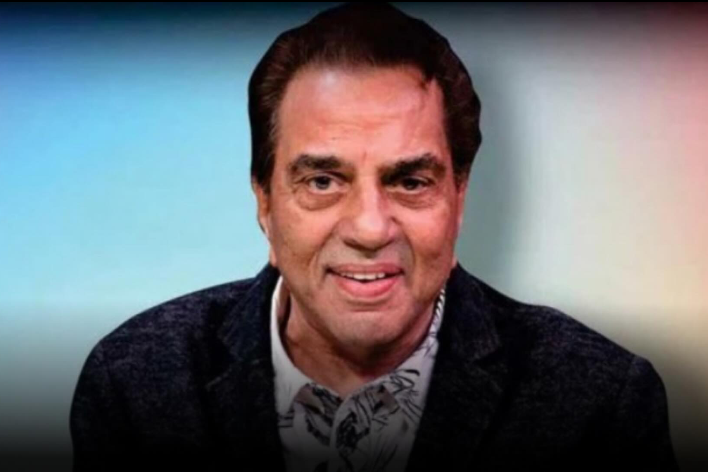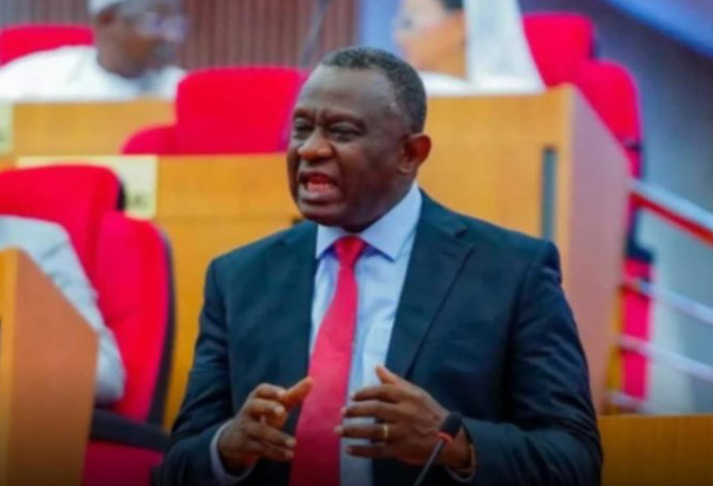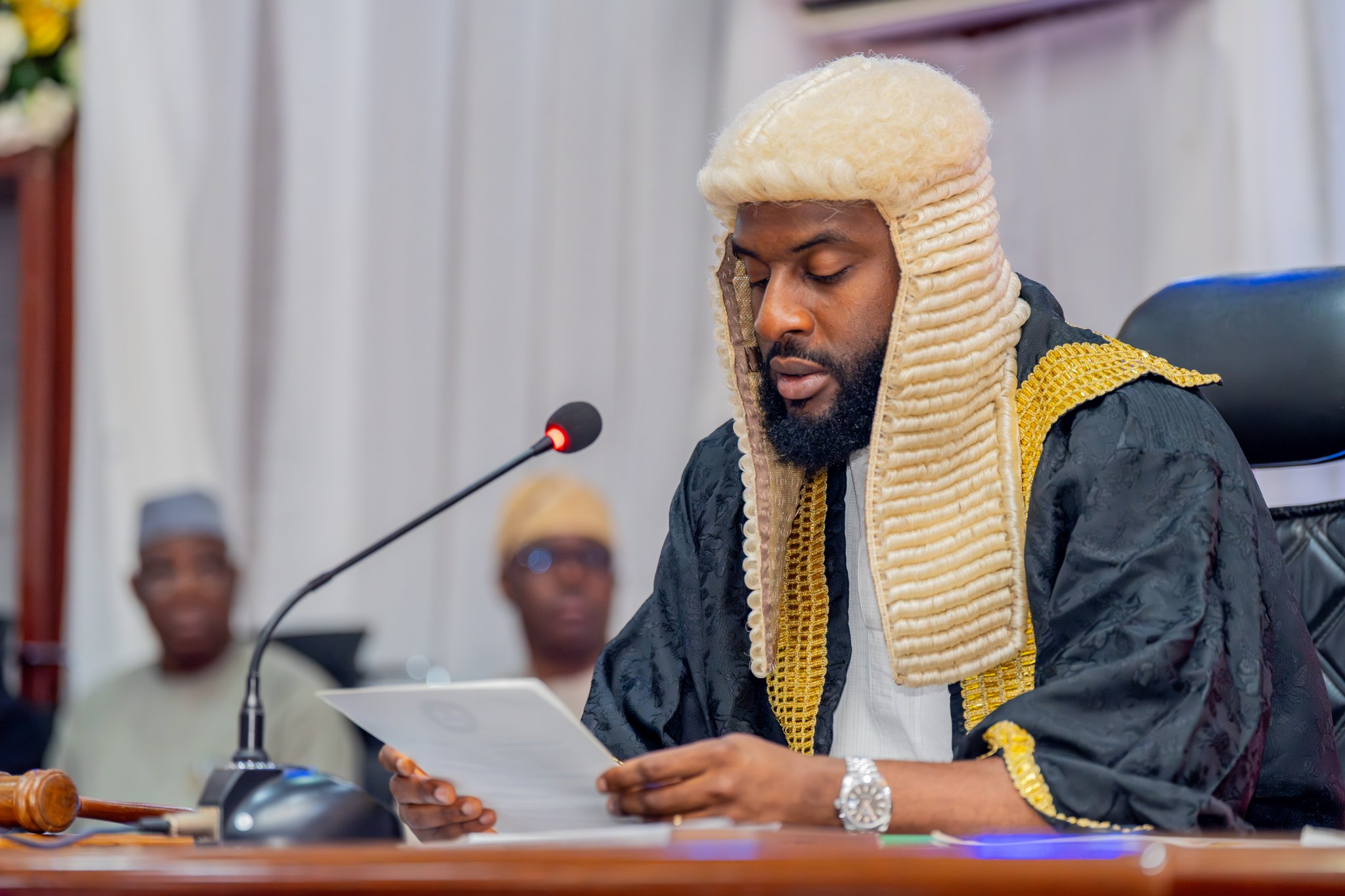

India woke up to heartbreaking news on Monday as the film industry and millions of admirers across the world mourned the passing of legendary Bollywood actor Dharmendra Krishan Deol. The beloved icon, affectionately known as the “He-Man of Bollywood,” died in Mumbai at the age of 89, drawing the curtain on a luminous career that spanned more than six decades and transformed the face of Indian cinema. His death marks more than the loss of a veteran actor—it signifies the quiet fading of a star whose warmth, charisma, and versatility helped define an era.
Tributes began pouring in almost instantly, with India’s Prime Minister Narendra Modi taking to X to describe the moment as “the end of an era,” a sentiment echoed by fans, colleagues, and film historians who have long regarded Dharmendra as one of the last living bridges between the golden age of Bollywood and its modern evolution. For many, his passing feels deeply personal. His presence on screen was more than entertainment; it was an emotion, a nostalgic comfort that tied generations together through iconic roles, heartfelt performances, and a charm uniquely his own.
Dharmendra’s journey to superstardom was one rooted in grit, humility, and serendipity. Born on December 8, 1935, in Ludhiana, Punjab, he grew up far from the glamour of Bombay’s film studios. The son of a schoolteacher, he spent his early years watching films in small local theatres, unknowingly nurturing a dream that would later propel him to become one of India’s most admired cinematic figures. That dream took a decisive turn in 1960 when he won a nationwide talent contest, a moment that drew the industry’s gaze and brought him to Bombay—the city that would shape his destiny.
His breakthrough came just three years later when he appeared in Bimal Roy’s Bandini (1963), a film now considered a classic. It was the beginning of a remarkable ascent that saw him conquer nearly every genre Bollywood offered. Whether he was playing the rugged hero in Phool Aur Patthar, the fearless fighter in Mera Gaon Mera Desh, or the charming comic in Chupke Chupke, Dharmendra slipped into his roles with a rare natural ease. His on-screen presence was magnetic, neither forced nor exaggerated, captivating audiences with an authenticity that made even the simplest scenes unforgettable.
Yet, it was his portrayal of Veeru in the 1975 blockbuster Sholay that permanently etched his name into Bollywood history. The film, now one of Indian cinema’s most celebrated cultural touchstones, showcased Dharmendra’s unmatched ability to blend humor, intensity, and emotional depth. Even today, nearly five decades later, his iconic lines, effortless comedic timing, and brotherly chemistry with co-star Amitabh Bachchan remain embedded in pop culture. For many Indians, Sholay is incomplete without Dharmendra; Bollywood itself feels incomplete without him.
Equally legendary was his on-screen and off-screen relationship with actress Hema Malini. Together, they formed one of the most beloved pairs in Bollywood, delivering hit after hit and captivating audiences with their undeniable chemistry. What began as cinematic magic evolved into real-life romance, culminating in their marriage in 1980. Their partnership became a cherished part of Bollywood lore, symbolizing elegance, devotion, and enduring star power.
Despite appearing in more than 300 films—a staggering milestone by any measure—Dharmendra never carried the airs of a superstar. Colleagues often spoke of his humility, gentle humor, and the grounded dignity he brought with him everywhere. He may not have always been officially ranked as Bollywood’s number one star, but he remained one of its most respected, adored, and enduring figures. His connection with the audience was built not just on stardom, but on sincerity and relatability, qualities that newer generations still find refreshing.
Over the years, the industry honored him for his monumental contribution to cinema. In 1997, he received the Filmfare Lifetime Achievement Award, a recognition of his exceptional legacy. Later, in 2012, the Government of India awarded him the Padma Bhushan, the country’s third-highest civilian honor—an acknowledgment of his cultural impact that extended far beyond the screen. For fans, however, no award could fully capture what he meant. Dharmendra was not just an actor; he was a memory, a feeling of old Bollywood’s golden warmth preserved in reel after reel.
His roles were diverse, but one trait remained constant across his filmography: his ability to make audiences feel. Whether he was fighting villains with fierce intensity, wooing heroines with gentle charm, or making viewers laugh with effortless wit, Dharmendra delivered performances that resonated deeply. He embodied the quintessential Bollywood hero—strong yet sensitive, confident yet kind, heroic yet human. In him, audiences found not only entertainment but also affection, inspiration, and a timeless connection.
As news of his passing spreads, social media continues to flood with tributes, from fans sharing childhood memories of watching his films with their parents to younger viewers discovering him through classic movies. Film studios, directors, and actors have all expressed their grief, noting that his departure leaves a void that cannot be filled. Bollywood’s newer generation, many of whom grew up idolizing him, refer to him as a pioneer and a guiding light whose work paved the way for modern storytelling.
In Mumbai, where his final moments unfolded, the atmosphere is heavy with remembrance. Film hubs like Bandra, Juhu, and Andheri are witnessing a quiet, collective grief as admirers gather to pay respects to the man who brought so much joy to millions. From Ludhiana to Lagos, from Mumbai to Melbourne, the world is united in honoring the star who shaped its understanding of Indian cinema.
Dharmendra’s passing is not merely the end of a life—it is the closing of a monumental chapter in Indian film history. He leaves behind not only cinematic masterpieces, awards, and an illustrious legacy, but also a story of resilience, passion, and dedication that will continue to inspire future generations. His films will keep playing, his dialogues will keep echoing, and his legacy will remain woven into the fabric of Bollywood.
As India mourns, it also remembers. And in that remembrance, Dharmendra lives on—not just as a star of the past, but as a legend whose light will never dim.


